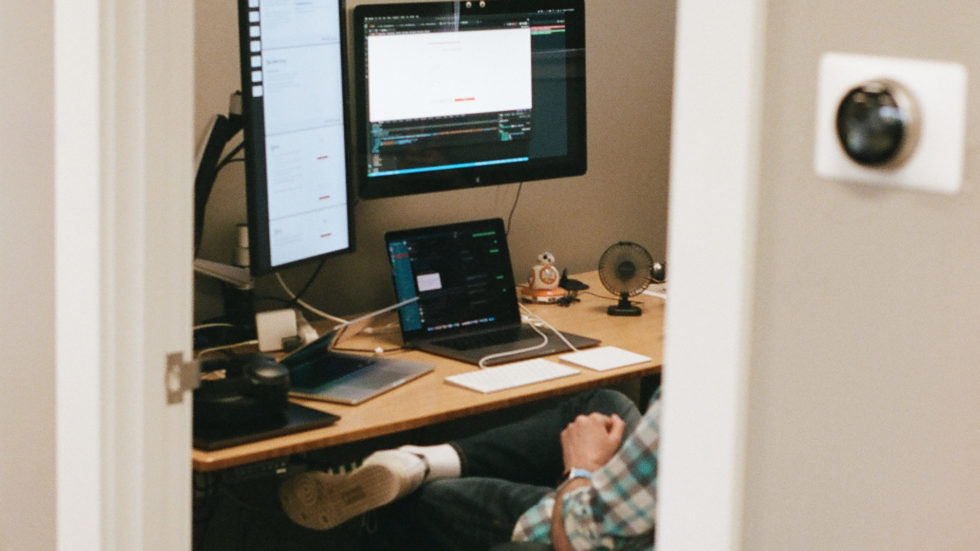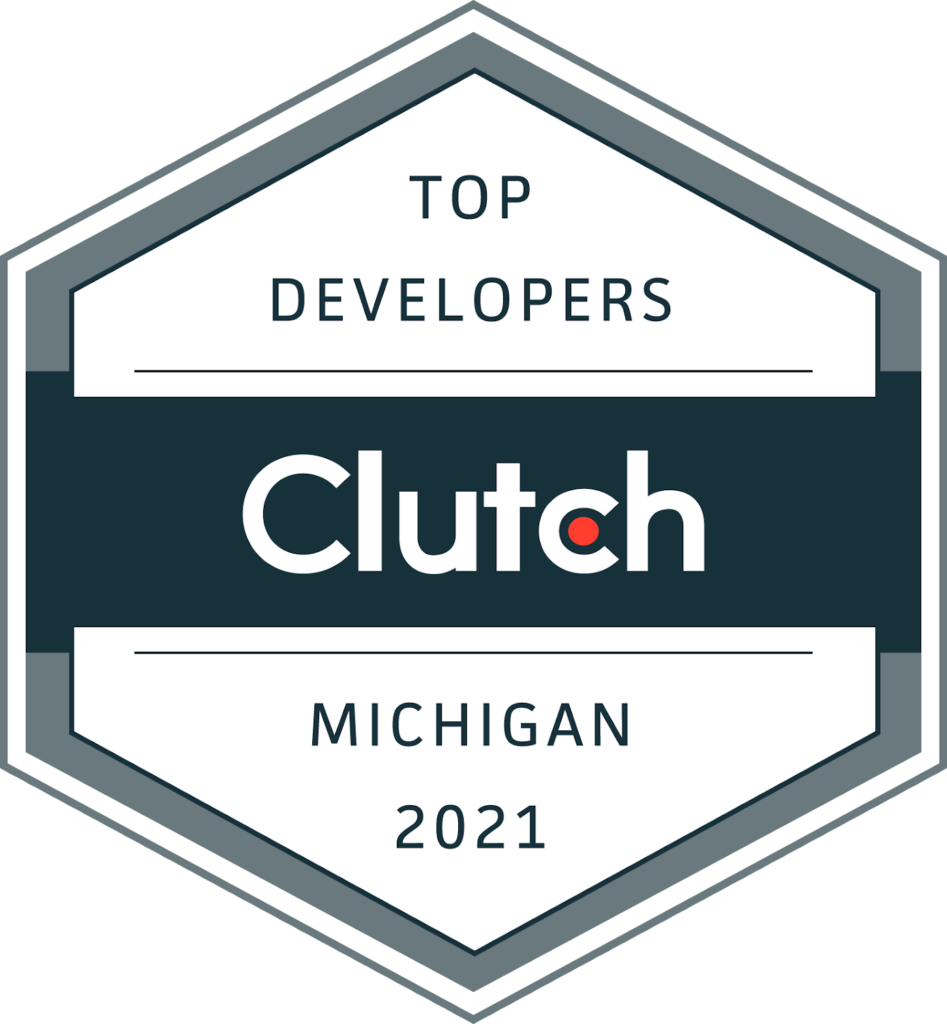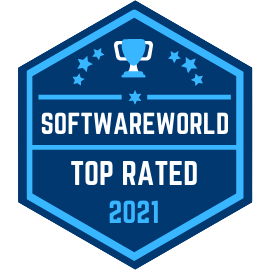So, you’ve started your intelligent automation journey by establishing your Center of Excellence (CoE), deployed bots within a single function of your business, and have measured some success with your automation efforts – now what? It’s time to scale with bot factories! This brings up the question: what the heck is a bot factory? Simply put, it is a term used to describe the regional bot development that takes place within the individual business units of an organization while leveraging the CoE for setting standards and governance. The purpose of building out regional bot factories is to deliver automations more efficiently while freeing up your CoE to innovate on strategic automation efforts. This enables teams at the business unit level to engage employees to use and build their own automations. But how do we get to this point in the automation journey?
The Center of Excellence
When discussing the intelligent automation journey and RPA, the term “Center of Excellence” and its importance inevitably comes up early on. For a deeper dive on the CoE, check out this explanation. But to keep it high level, the CoE is the backbone of your automation efforts. What are some things a CoE accomplishes?
- Institutionalization of standards
- Helps build out your RPA A-team
- Maintains oversight of the RPA program
- Ensures the program is set up to scale
Setting up a CoE to guide participants is the first step to optimize your program for scalability. Once established, the global CoE helps guide the initial bot deployments across a focused area of the business.
Initial Automations…
Before scaling your automation efforts across functions like HR, Finance, IT and Marketing, it’s critical to focus on one area of the business and realize the benefits of automation there. When RPA is being introduced into the organization for the first time, honing the standards and processes can only happen once the initial automations are underway. These initial automations will allow your team to become familiar with the automation process as a whole. This experience of end to end bot creation will better equip you and your team to handle implementation at scale. Success in one area of the business is pivotal in continued success across other areas. What are some key features of successfully implementing RPA within one business unit?
- Implementing a structured intake process – follow a structured process for discovering and assessing business processes for automation feasibility. What tools will be used? How will cost/benefits be calculated? These are some of the questions to be answered during intake.
- Ensuring scope is agreed upon by business and CoE – There is nothing more frustrating than delivery not meeting the business’ expectations. Requirements must be documented and scope of automation must be signed off by business before development begins. Scope creep is the enemy of delivery timelines!
- Agile development life cycles – Focus on delivering within short sprint lifecycles (usually 2 weeks). Automation deliverables can easily be broken down into user stories, where they are prioritized and executed. Continuous delivery is the key to progress.
- Documentation and approvals process – Intake, automation requirements scope, solution design, and bot user manuals are a few examples of where documentation and approvals are key in the bot development lifecycle. Leaving an auditable trail of work completed will help with support and maintenance and business continuity.
- The right communication with Business and IT – Ensure that business users are engaged early and often for process related tasks, and a partnership with IT is formed for infrastructure, security, and deployment approvals.
Time to Scale!
Once your initial bots have successfully been deployed, the next step in the automation journey is to replicate the process to other areas of the business. There are processes ripe for automation in almost every major area of the business. At this point, your CoE is still taking care of the prioritization, development and deploying of automations. As the CoE matures and bots are being deployed out across different lines of business, there will come a time when it will be critical to start engaging employees to start using or creating bots themselves. This is the stage of the automation journey where regional bot development and management can start taking shape on the way to federated bot factories.
What exactly does it mean to have regional bot development? It means that the power of development is being handed to the individual business units while the CoE is still the centralized governing body. Early on, the CoE was providing the development and support to stand up the initial automations. As scaling continues, it will become critical that areas of the business start up-skilling their workforce or have dedicated developers from the CoE to help drive the deployment. The building up of process backlogs, development, testing, deployment and management of bots is all done by their respective area of business. The CoE continues to provide the standards for development, governance, security protocols, approval matrices, etc. Once bots start to be developed successfully at the business unit level, the bot factory model has been successfully implemented.
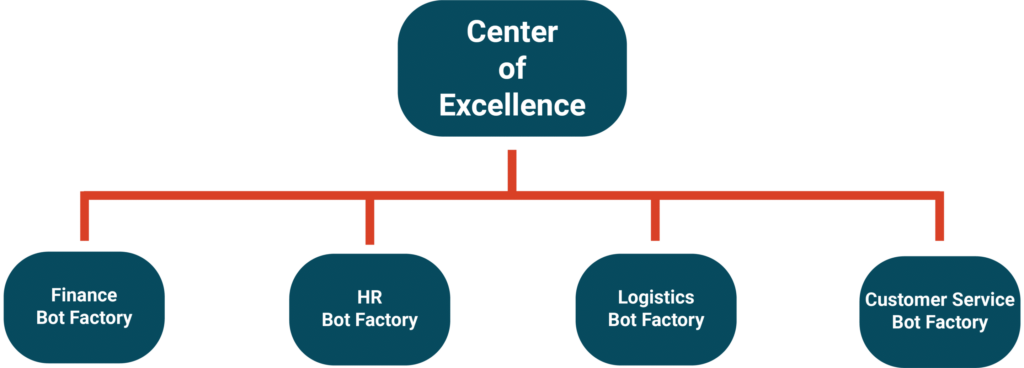
Do Bot Factories Really Work?
You’ve now given some power of delivery directly to your business units, but will they really be able to build bots? With user-friendly tools like Automation Anywhere, all employees are able to engage with automation and build bots successfully. The citizen developer helps drive the productivity of bot factories within the program. Is it really that easy?
Gerrard Baroddek of the U.S. General Services Administration put out a call within his office for volunteer employees, technical and non, who were interested in building RPA bots. 50 people volunteered and 12 were selected to help build out the initial automations. The result was a growing CoE with bots being built and deployed continuously.
“It’s been a great experience because within the CFO organization, we have more core technical talent and we have the ability…so we had individuals with good aptitude and they picked this up very quickly,” Badorrek said.
By implementing a factory model using your greatest assets, your employees, your organization will realize the benefits of automation with reduced costs, higher efficiency and fewer implications at a faster rate.
The goal of any automation program should be to get to a point where all employees are thinking about the work they do through the lens of automation. Each function within the org is capable of delivering automations through the Bot Factory model. With some training, most business users across functions can start generating their own automations to bring value to the business. While the CoE continues to drive standards and governance, individual business units can start churning out bots. The bot factory model provides an efficient, productive way to advance your digital workforce.

